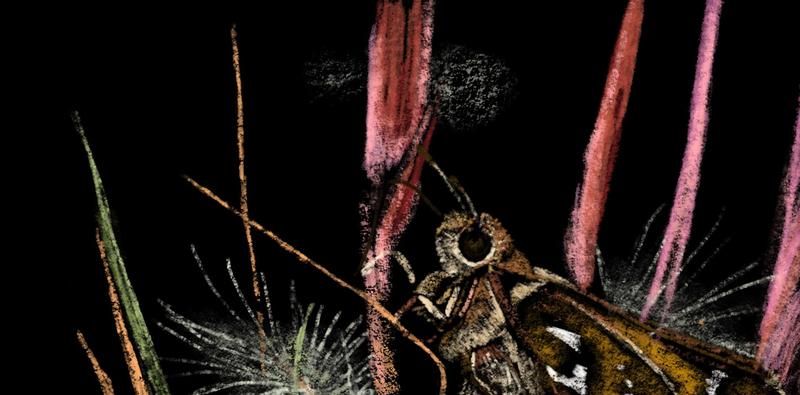Short, Sweet, Schizachyrium
The end of August heralds the end of summer, and with it comes an explosion of warm season grass seedheads preparing for their incredible textural display amidst the dewy fall morning air. Amongst these poetic Poaceae, our native bunchgrass, little bluestem, reigns supreme: upright blades of dusty blue embellished with striking purples, reds, maroons, oranges, and yellows paired with sideways sprays of fluffy seed plumes appearing as the daylight hours lessen and the temperatures fall, providing vertical structure and color everywhere from the naturalized meadow planting to the perennial cottage garden.
Schizachyrium scoparium’s toughness as a versatile landscape selection reaches far beyond our manicured gardens, however. Following the extreme drought of the Great Dust Bowl in the 1930s, S. scoparium became the dominant volunteer grass, out-seeding Andropogon gerardii and proving itself as resilient amongst heat, drought, and nutrient-poor environments.
Environmental resilience aside, Schizachyrium scoparium has also been found to play a critical role in the success of certain moth and butterfly species native to North America. In a field study of 36 Lepidopteran family members, a majority of them used S. scoparium as a generalist larval host, with both Andropogon gerardii and Panicum virgatum barely on its heels, each with only 9 Lepidopterans noted per species.
Of the species noted to visit little bluestem, 7 of them belong to the Hesperia genus, also known as the branded skippers. These spritely little creatures can often be seen flitting about in a “skipping” fashion, appearing to bounce along the air with their quick and lilted flight pattern.
Skippers in the genera Amblyscirtes, Atrytone, Atrytonopsis, Nastra, and Polites have also been observed utilizing little bluestem as a larval host - Schizachyrium scoparium is more of a Skips-achyrium skiparium, as it turns out!
We’ve added new little bluestem selections to our line-up this year, each with their own quirks and curiosities, almost like collectors’ cards for grass geeks!
See all our Grasses


